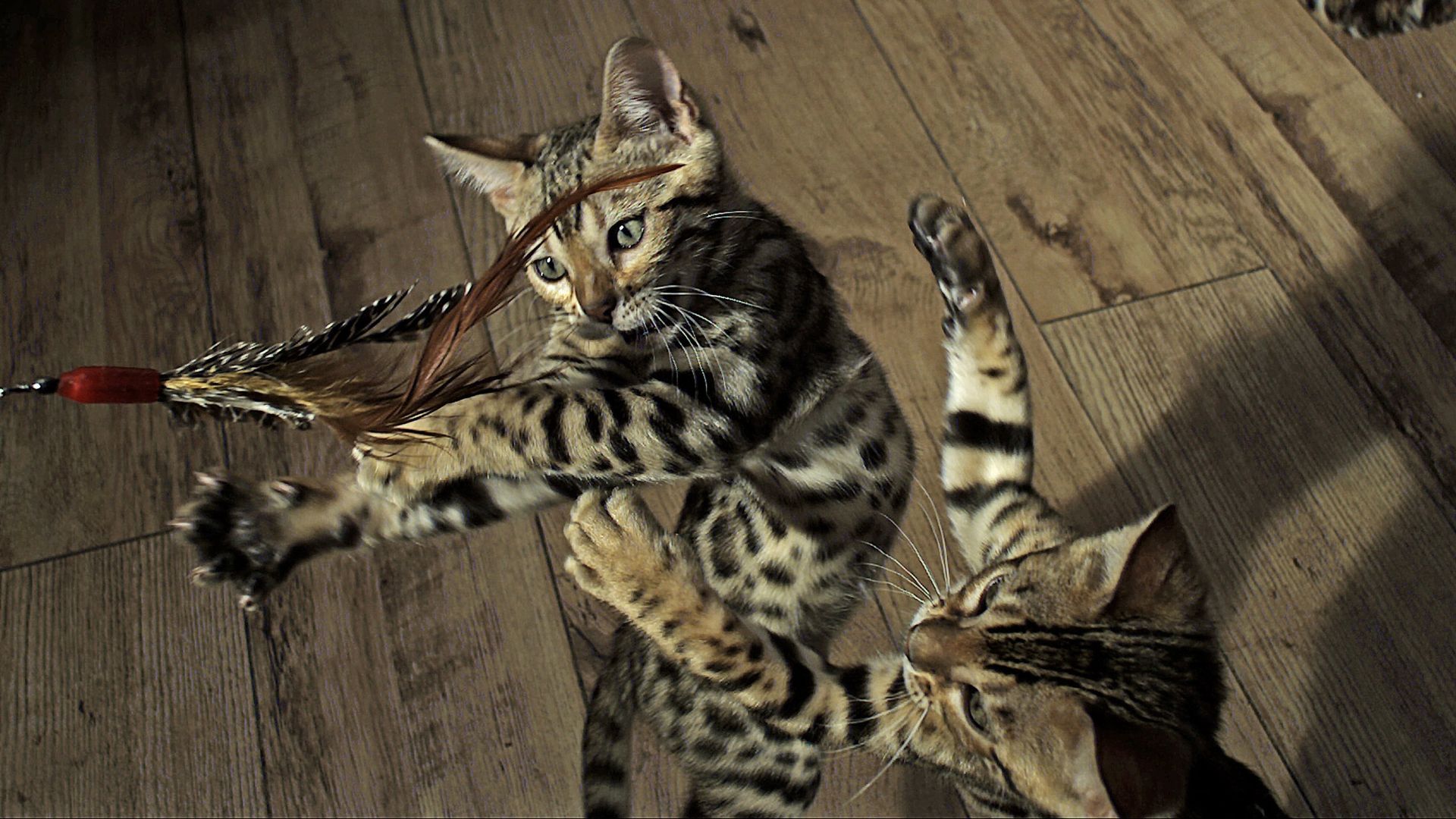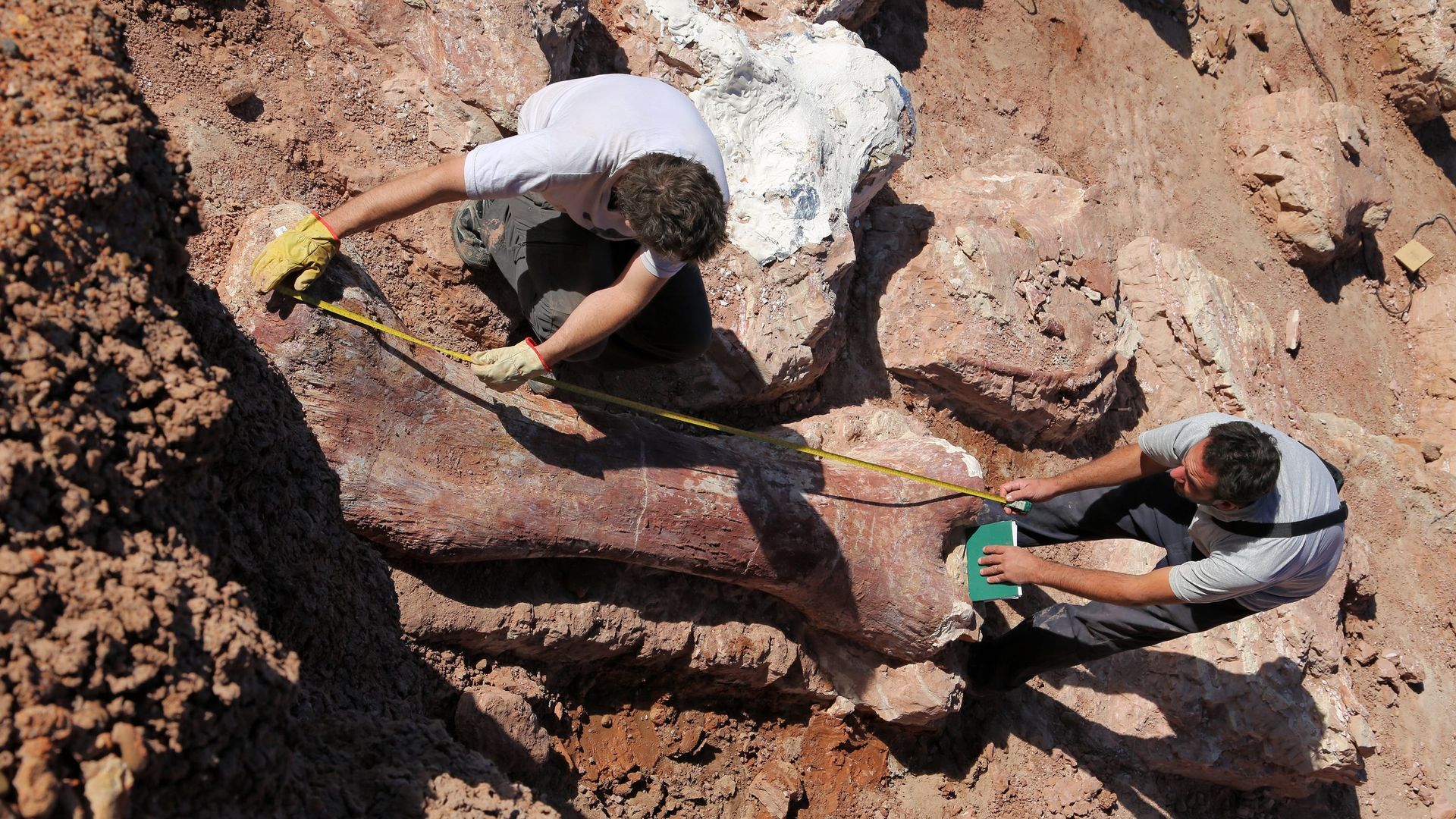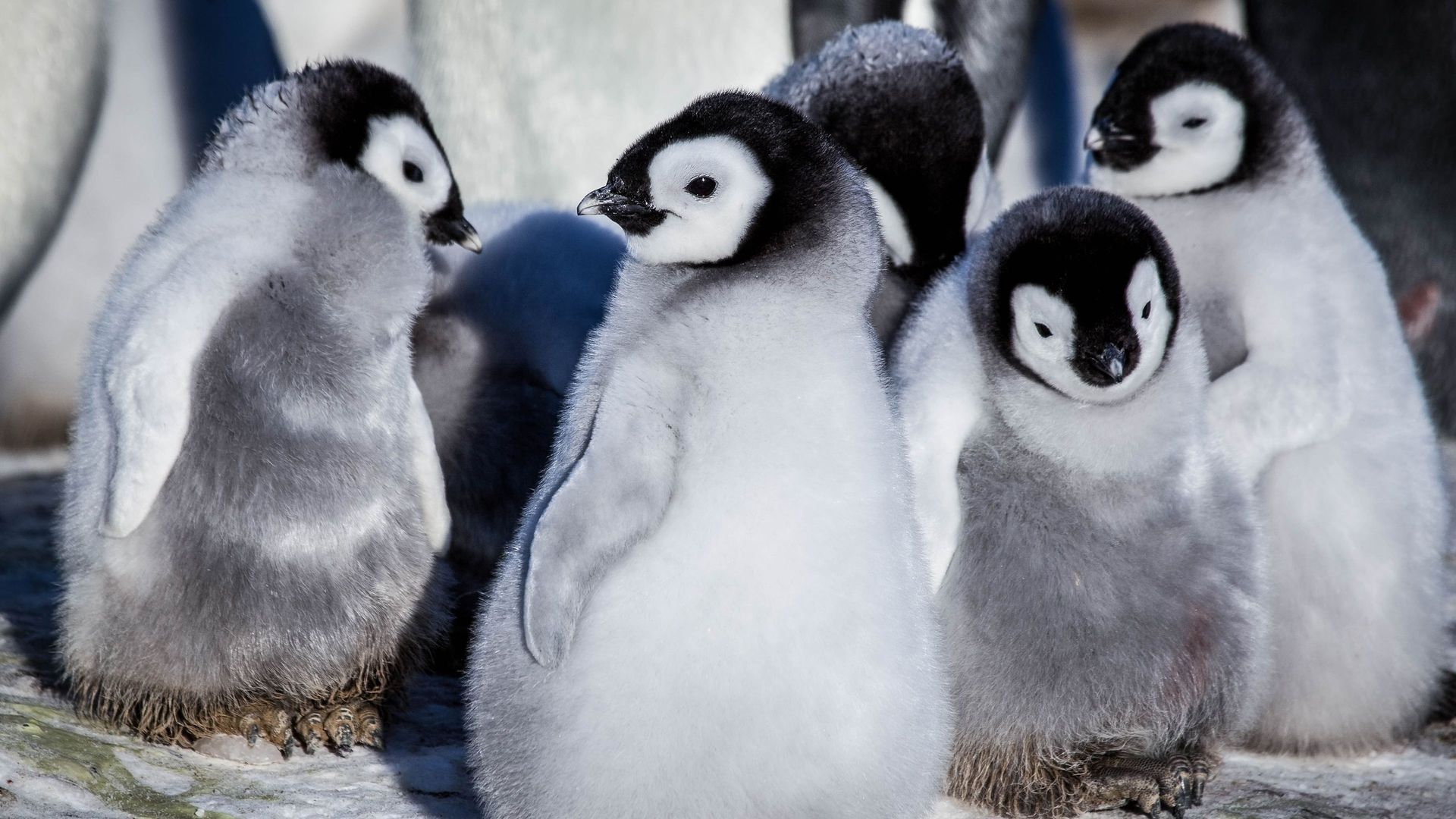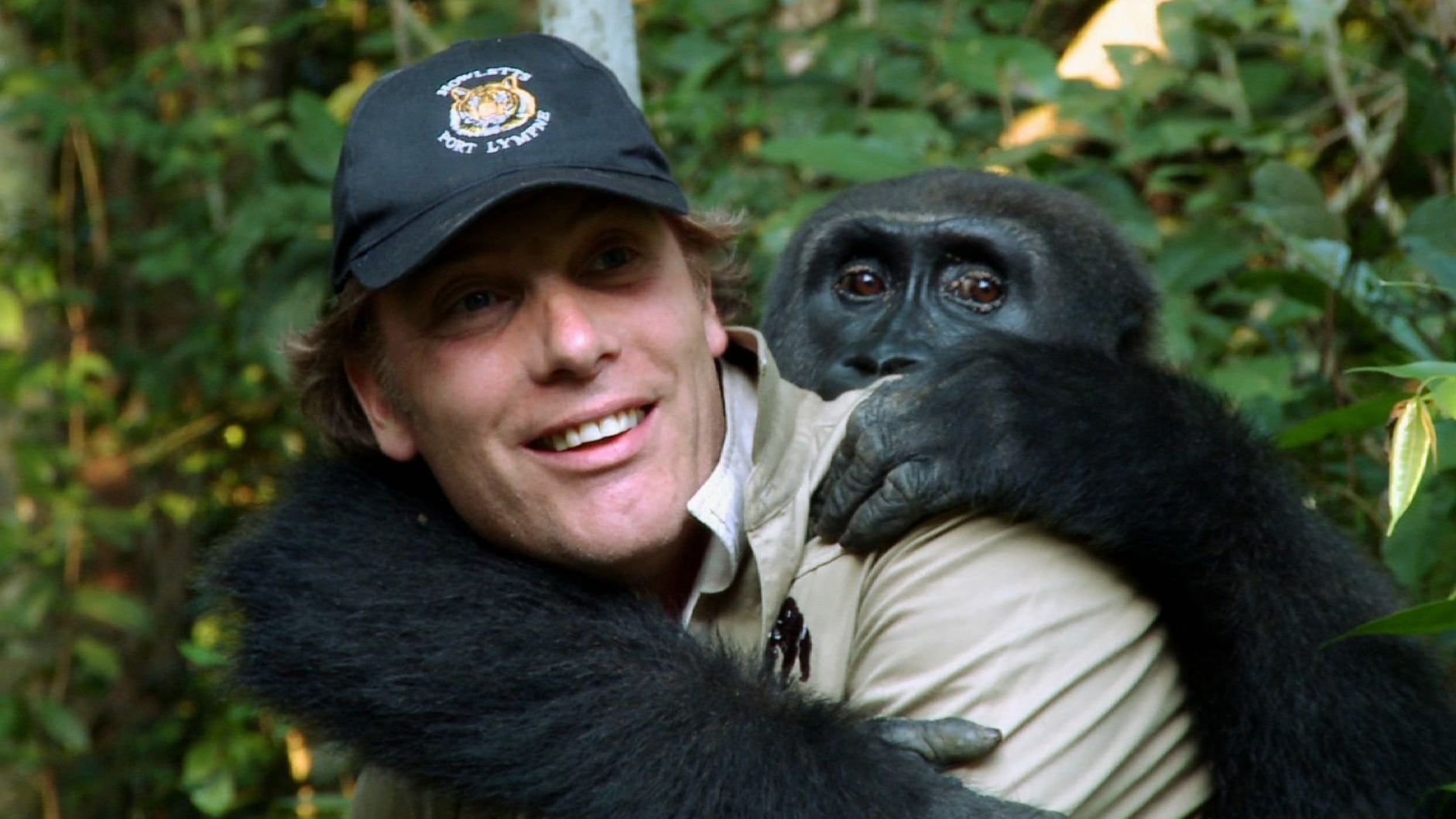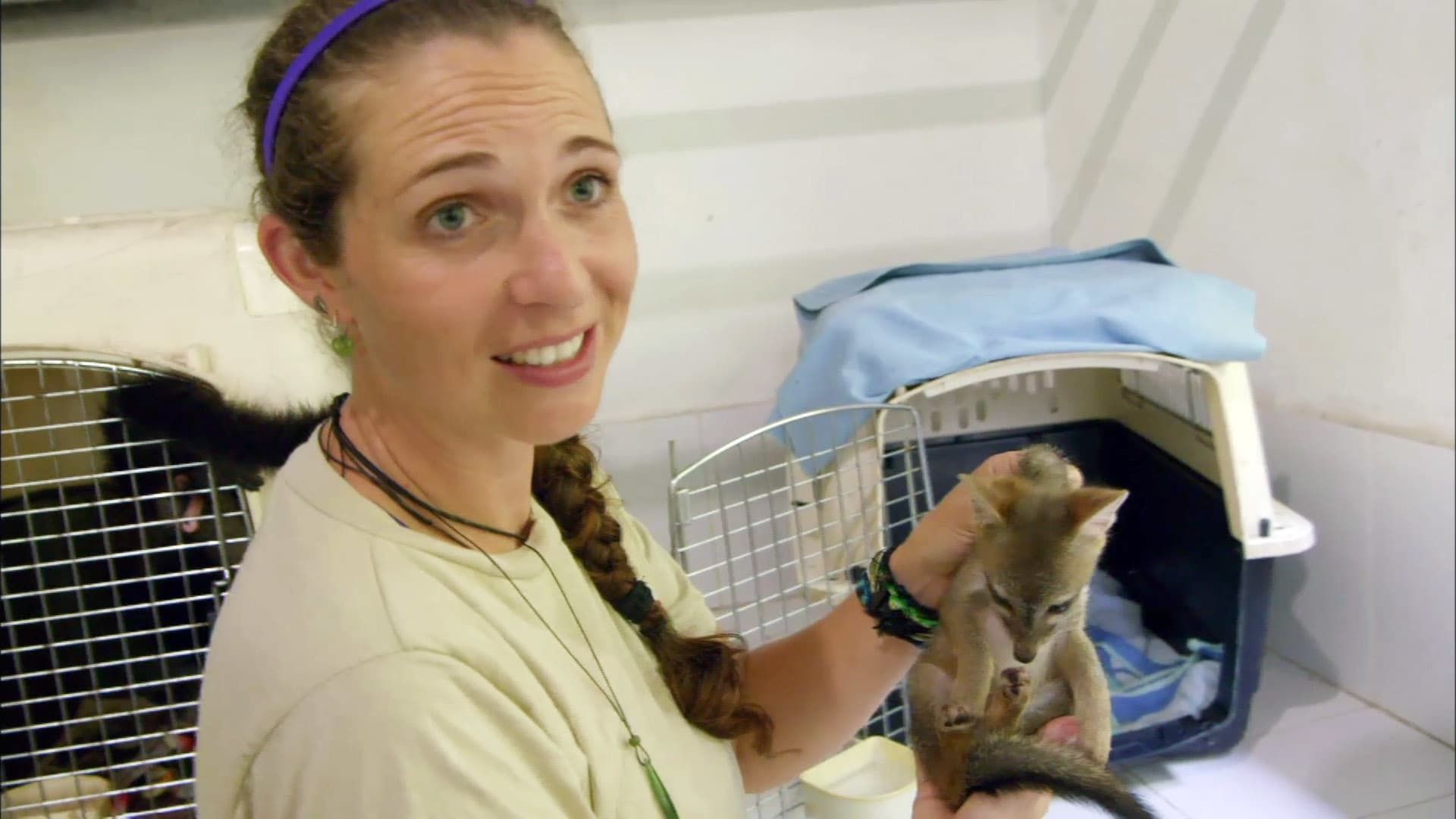
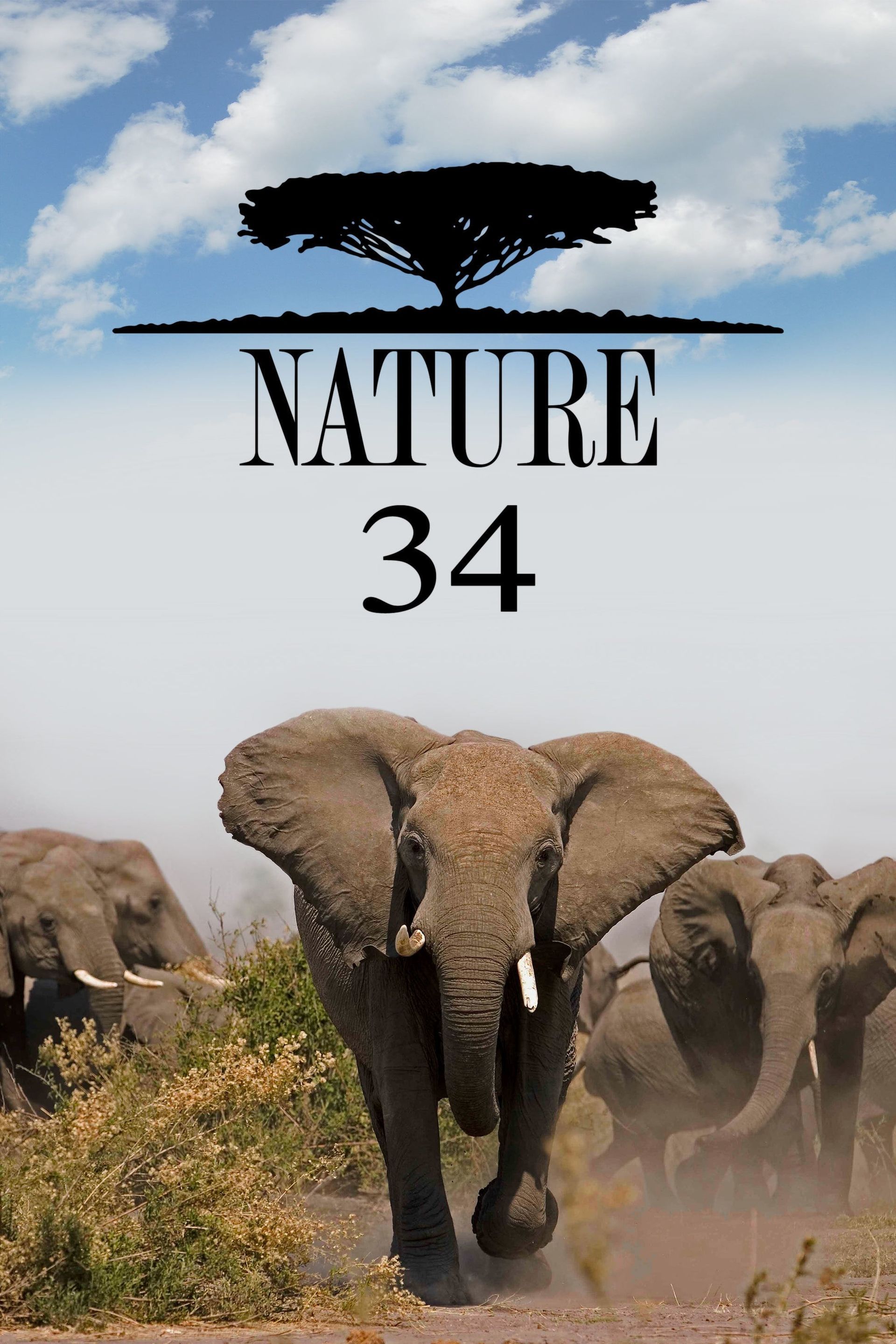
Nature
Season 34
TV-G
Consistently stunning documentaries transport viewers to far-flung locations ranging from the torrid African plains to the chilly splendours of icy Antarctica. The show's primary focus is on animals and ecosystems around the world. A comic book based on the show, meant to be used an as educational tool for kids, was briefly distributed to museums and schools at no cost in the mid-2000s.
Where to Watch Season 34
16 Episodes
- Nature’s Miracle Orphans: Second Chances
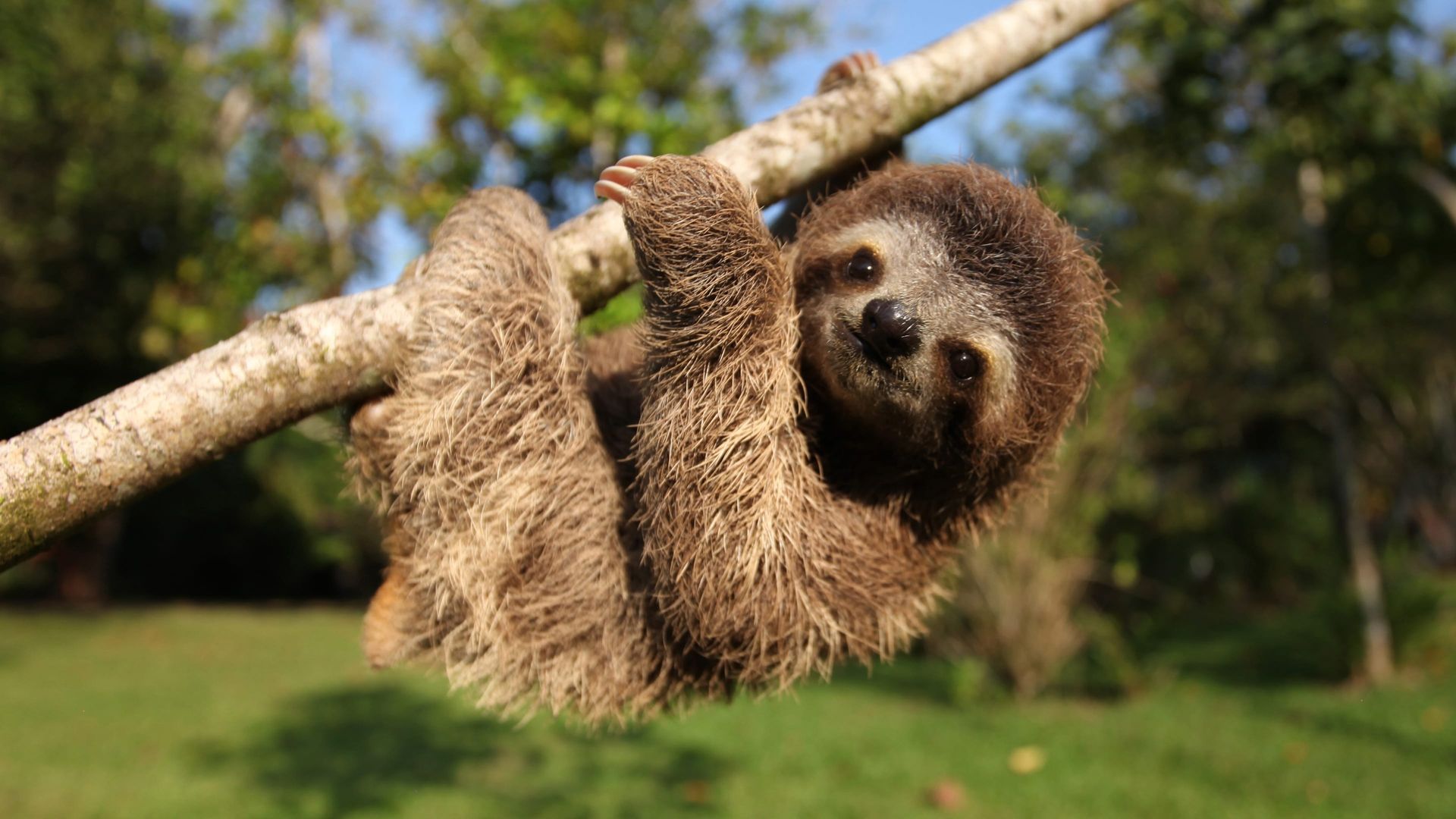 E1
E1Nature’s Miracle Orphans: Second ChancesPart 1 of 2. The Season 34 premiere focuses on the work of human caretakers of orphaned baby animals. At Australia's Cape Otway Conservation Centre, the staff cares for a baby koala found along a road. It's weak and underweight, and should be spending its first six months inside its mother's pouch; the staff gives it a teddy bear to hold for comfort. At a sanctuary in Costa Rica, meanwhile, primatologist Sam Trull cares for six baby orphan sloths, including one that has pneumonia. - Nature’s Miracle Orphans: Wild Lessons
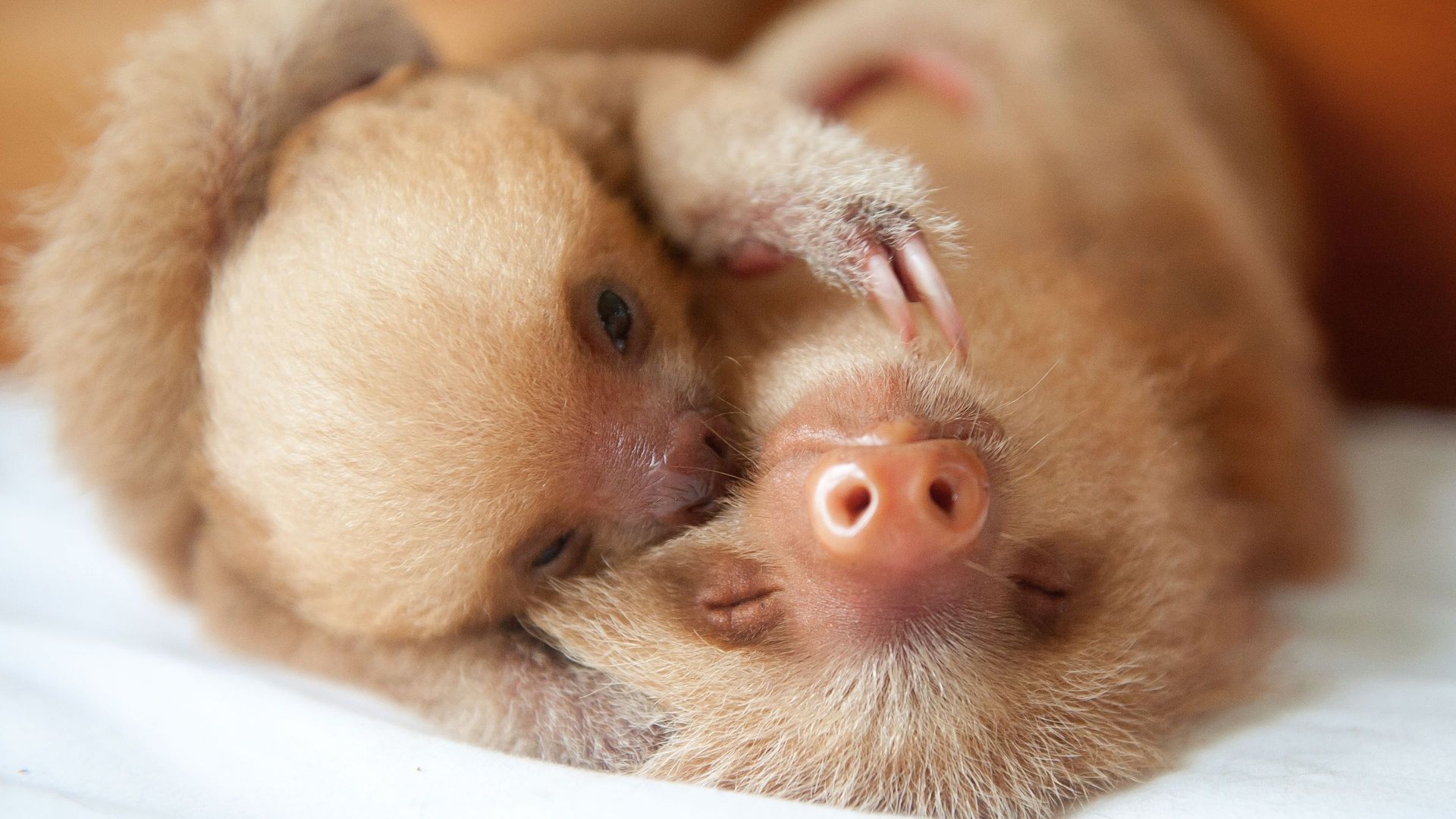 E2
E2Nature’s Miracle Orphans: Wild LessonsGrowing up in the wild is hard enough on young animals when they have parents to rely on for protection and guidance, but what happens when they lose their parents? How do they survive? Over the past few years, great strides have been made in understanding how to rescue and rehabilitate orphaned wildlife. - Big Birds Can't Fly
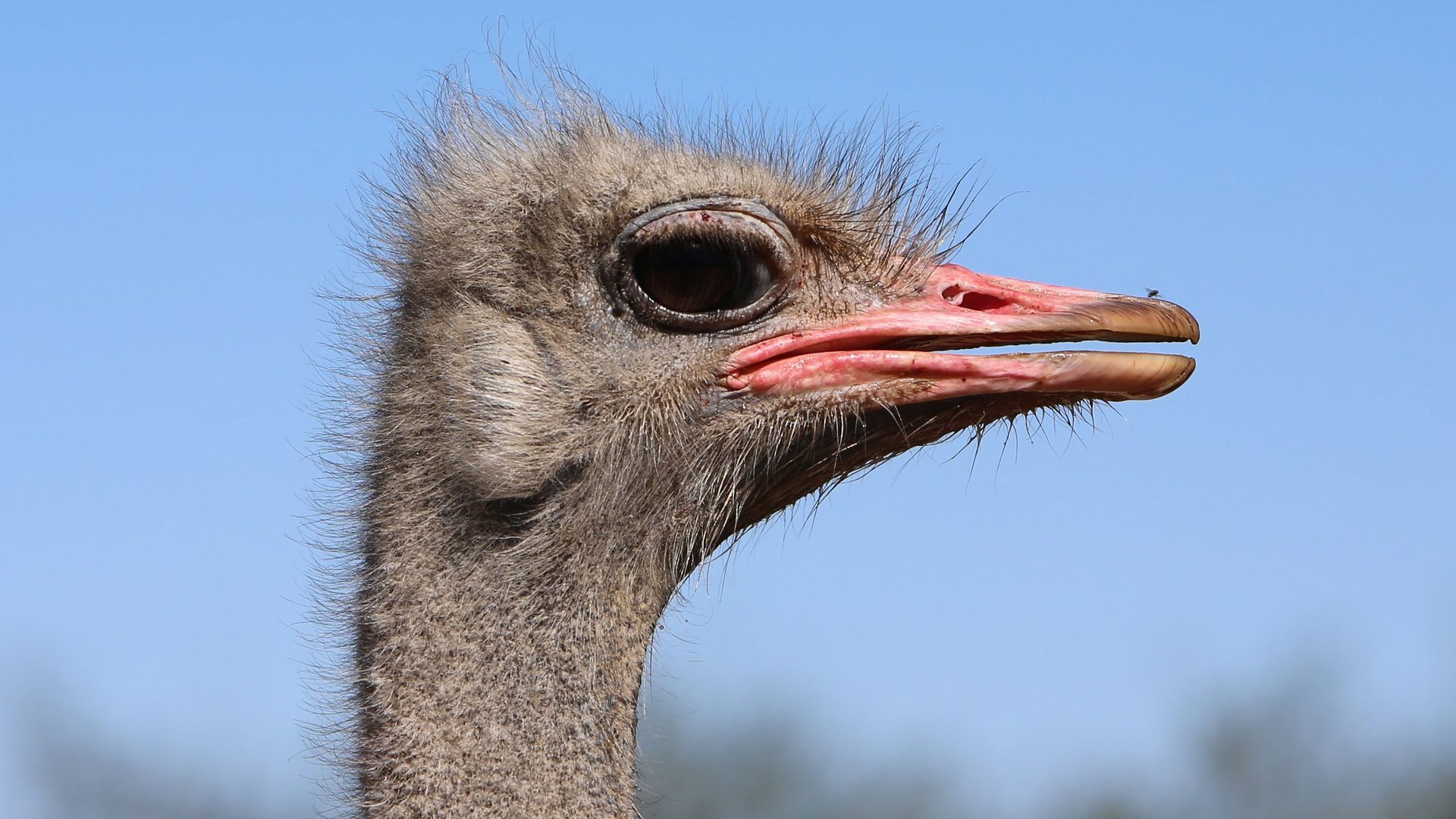 E3
E3Big Birds Can't FlyIt may seem strange that among the more than 10,000 bird species in the world today is a group that literally cannot fly or sing, and whose wings are more fluff than feather. These are the ratites: the ostrich, emu, rhea, kiwi and cassowary. How and why these birds abandoned flight has puzzled scientists since Darwin’s time, but DNA and dedicated research are helping to solve these mysteries. - Natural Born Hustlers: Staying Alive
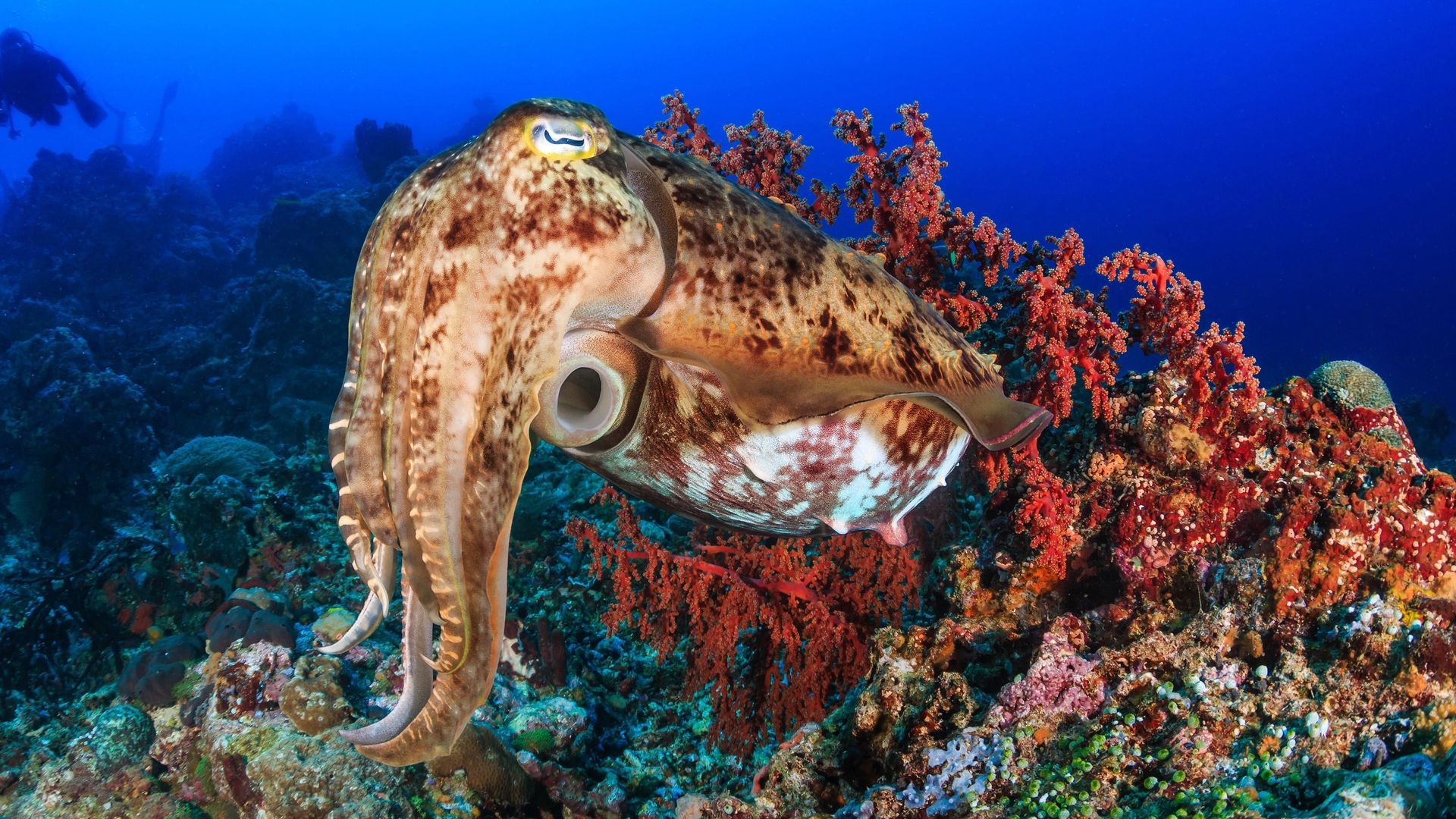 E7
E7Natural Born Hustlers: Staying AliveStaying Alive offers stories about unusual survival techniques. Cuttlefish, for example, elude their many predators with a kind of invisibility cloak. Other ruses revealed include: why burrowing owls, who live underground, mimic the sounds of rattlesnakes; how imitation may not just be the sincerest form of flattery, it can also save your life; and what deception the regal horned lizard employs as a last resort to keep a menacing coachwhip snake at bay. - Natural Born Hustlers: The Hunger Hustle
 E8
E8Natural Born Hustlers: The Hunger HustleExploring the duplicitous ways in which animals try to secure their next meal. Singled out is the devious drongo, a South African bird. In winter, he has to rely on grubs and insects that live underground, but other animals are far better equipped to dig them up, so the drongo devises a con. He serves as lookout while vulnerable social weaver birds are on the ground digging up food. Among other segments: the orchid mantis, which attracts insects by mimicking a flower and why it is even more successful than the real thing; how killer whales use sound to manipulate the behavior of herring to their advantage; and how and why gray squirrels practice sleight of hand to protect the nuts they’ve gathered to get them through the winter. - Natural Born Hustlers: Sex, Lies & Dirty Tricks
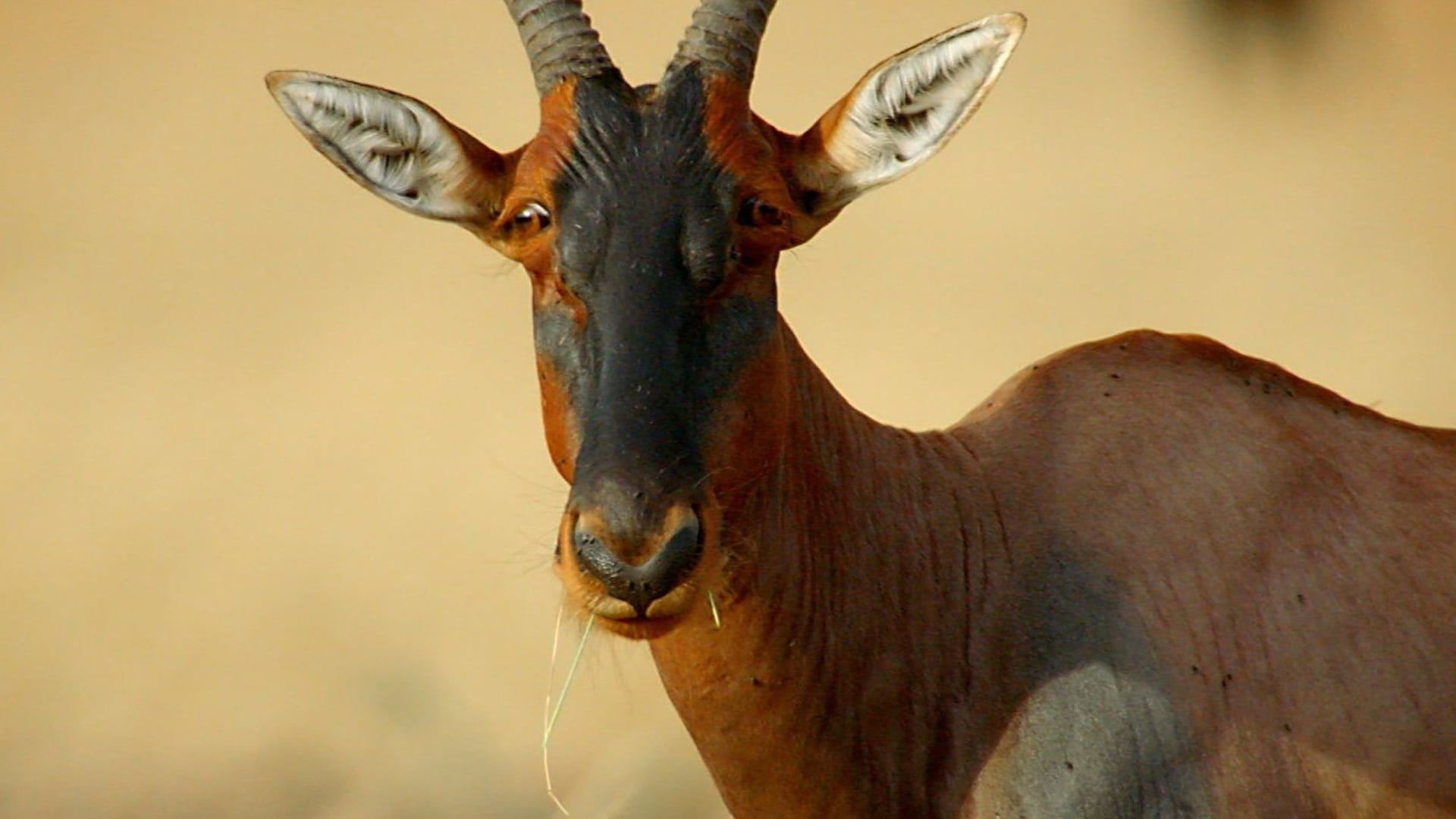 E9
E9Natural Born Hustlers: Sex, Lies & Dirty TricksSex, Lies and Dirty Tricks: From artful illusions to blatant cheats, some males will do whatever it takes to trick the competition and beguile the girl. Size, style, and skill are all used to best advantage - or faked, if necessary. - Moose: Life of a Twig Eater
 E10
E10Moose: Life of a Twig EaterMoose populations across many parts of North America are in steep decline and scientists believe one of the reasons is that fewer moose calves are surviving their first year. This stunningly intimate nature documentary, filmed over 13 months in the spectacular wilds of Jasper National Park, takes viewers deep inside the world of moose to experience a mother's love and a calf's first year of life up close and personal. - India's Wandering Lions
 E14
E14India's Wandering LionsAs India’s population booms, her legendary wildlife has been squeezed almost out of existence. But the commitment of the Indian people to preserve their wildlife is surprising – leading even to bringing back what has been lost. Against a backdrop of teak forest, farmland and villages, this film explores the extraordinary story of Asia’s last lions and their recovery from near extinction. From a mere 20 individuals a century ago, they now number over 400. But the lions have outgrown their sanctuary and spilled out into the surrounding countryside and villages. Yet here a unique relationship has developed between lions and people, revealing a story not of continual conflict as we might expect, but one of survival and tolerance. - Nature's Perfect Partners
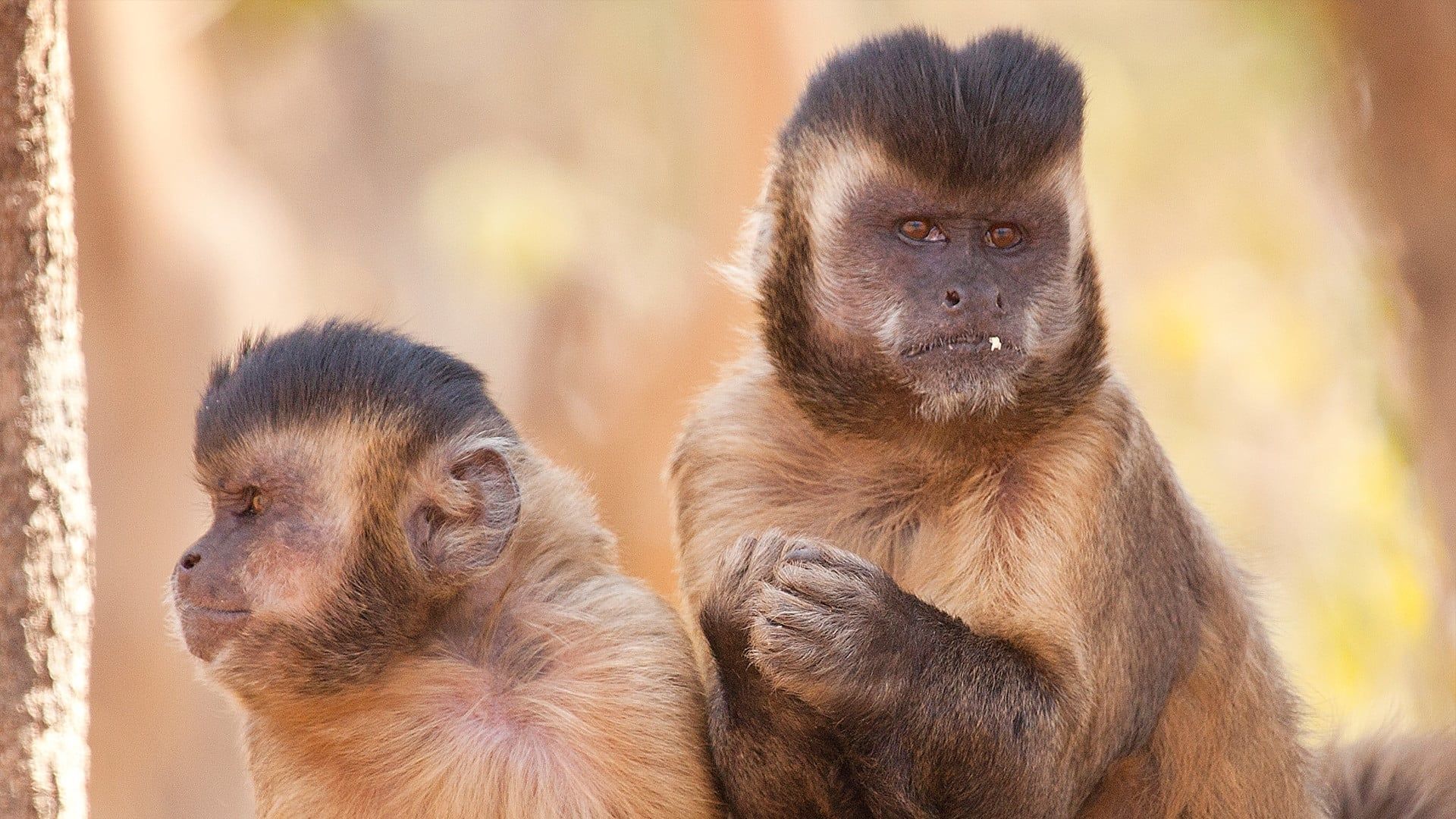 E15
E15Nature's Perfect PartnersIt won’t come as any surprise that survival is the number one goal in the animal kingdom. But to ensure success on a continual basis, many creatures have opted to form alliances rather than go it alone. There are all kinds of partnerships to fulfill different needs, but as this film explains, these relationships are not only between animals of the same species. What is really astonishing is that completely unrelated species also form unlikely collaborations to succeed in the wild. Nature’s Perfect Partners travels around the world to profile an array of such animals who have joined forces.

